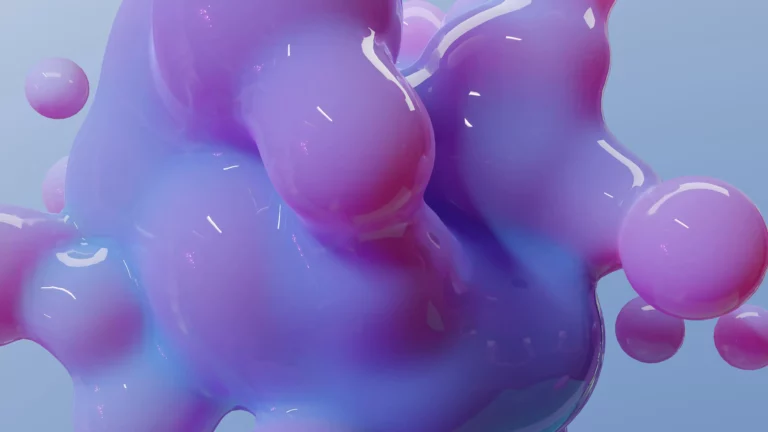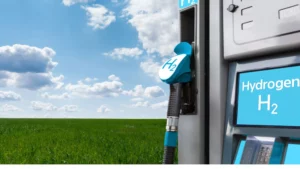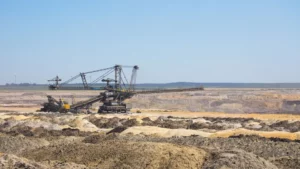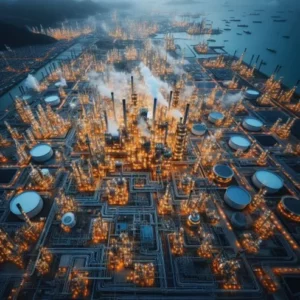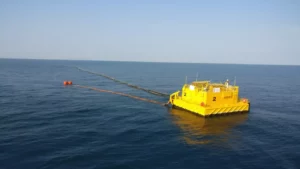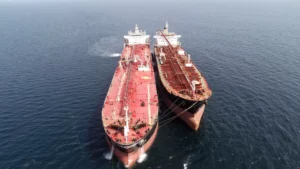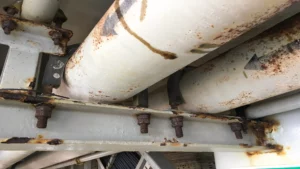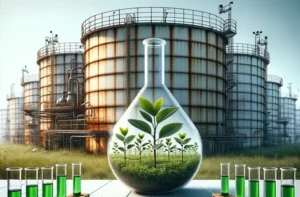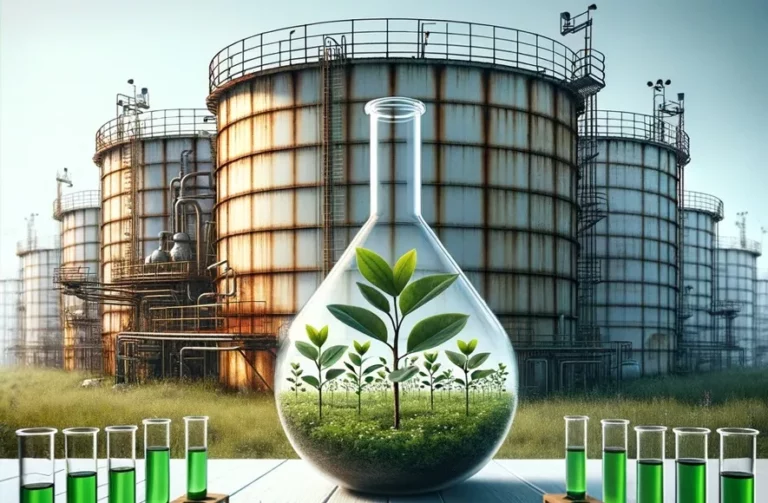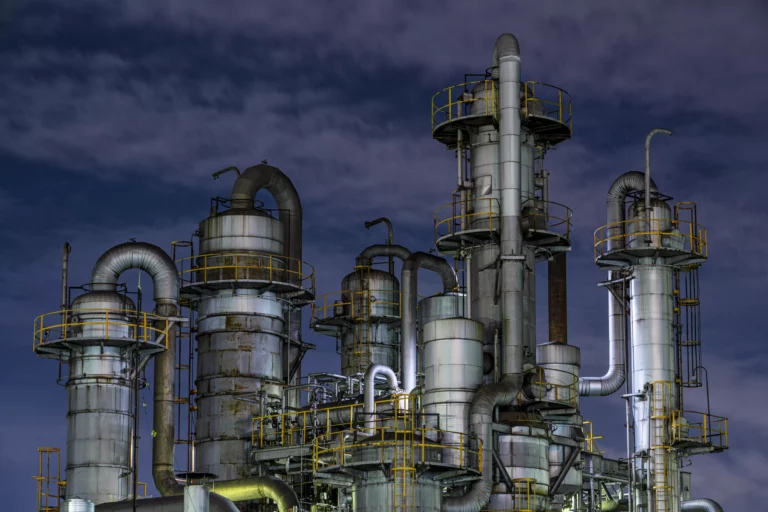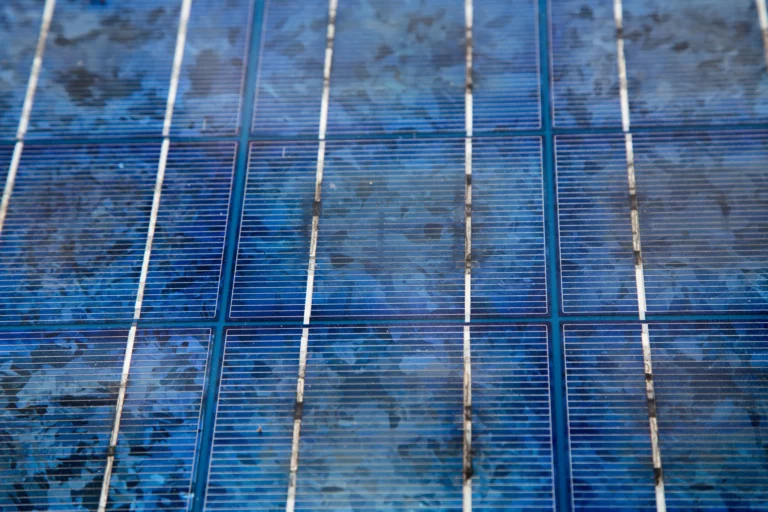Introduction
The use of coatings to control the destructive effects of corrosion is significant in prolonging the service life of metals. In this sense, the chemical composition of coatings is a determining factor in the anti-corrosion efficiency to protect metallic materials against corrosion.
With a perspective that intertwines materials science and chemical engineering, the aim is to unveil the synergies between the various components of coatings and their ability to meet the most demanding corrosion challenges. Through this approach, the article seeks not only to inform, but also to inspire a continuous search for innovative solutions in the field of coatings, highlighting the crucial influence of the “chemical composition of coatings” on the effective protection of metals.
Fundamentals of corrosion resistant coatings
Chemical composition of coatings
The chemical composition of coatings forms the basis on which corrosion control properties are based. The synthesis of these materials, from polymers to metals and ceramics, is influenced by the concentration of the specific chemical components for each particular case.
Depending on the composition of the chemical elements, coatings act on the metal surface to form an electrolytic passive layer (metallic compounds, e.g. anodised), or an impermeable barrier effect that isolates the metal from the aggressive medium and protects it (organic compounds). Elements such as zinc in galvanised coatings act as sacrificial anodes, while polymers create seals that physically isolate the metal from the corrosive medium.
The choice of materials depends on specific properties, such as chemical resistance and stability in various environmental conditions, reflecting the importance of a thorough understanding of the chemical composition of coatings in the fight against corrosion.
Coating film protection mechanisms
This can be divided into categories such as impermeable barrier protection, passivation and cathodic protection. Each of these categories is directly influenced by the chemical composition of the coatings.
Barrier protection is achieved by coatings that physically separate the metal from the corrosive environment, using polymers or paints that prevent contact with corrosive agents. In this case, the molecules that make up the resins bind in three directions, occluding the pigment, resulting in the formation of a barrier that, to a greater or lesser extent depending on the quality of the coating, prevents the diffusion of corrosive agents to the substrate.
Passivation, on the other hand, involves the formation of an inert surface layer that prevents oxidation of the base metal; this process is common in coatings containing chromium or other elements that form protective films. The coating deposit on the metal substrate inhibits anodic and cathodic corrosion processes, including acting as a dielectric material (high electrical resistance), which prevents electronic transfer.
Cathodic protection, used in corrosion resistant coatings, involves the use of a more anodic metal in the coating that sacrifices itself to protect the base metal. For example, some coatings with high zinc pigment content act as an anodic coating when applied to steel. In this case, the metal substrate is cathodically protected with the zinc as a sacrificial anode. And not by the formation of an impermeable film.
These mechanisms demonstrate how an appropriate chemical composition of coatings can activate different corrosion defence strategies, showing the synergy between material science and surface engineering.
Effects of chemical composition on the efficacy of coatings
Interaction with the environment
The interaction of coatings with the environment is crucial in determining their long-term efficacy. The chemical composition of coatings dictates their behavior in the face of environmental variations, such as exposure to high concentrations of salt, humidity, or temperature changes. Coatings with high chemical resistance are specifically formulated to resist these challenges, maintaining their integrity and that of the underlying metal. For example, coatings that include elements like silicon offer enhanced resistance against UV degradation and humidity, crucial for exterior applications. The right choice of chemical composition ensures the coating can adapt and resist the specific conditions of the environment, effectively protecting the metal base from corrosion.
Adherence and durability
The adherence and durability of coatings are intrinsically linked to their chemical composition. Optimal adherence ensures the coating remains firmly attached to the metal, preventing the infiltration of corrosive substances and the onset of under-film corrosion. Durability, meanwhile, refers to the coating’s ability to resist wear, abrasion, and deterioration over time. Coatings designed with flexibility and mechanical strength, often through the incorporation of nanocomposites or modified polymers, show improved performance in aggressive environments. The chemical composition of coatings must be carefully selected to balance these properties, ensuring durable and effective protection of the metal base.
Innovations and technological advances
Technological advancement in the chemical composition of coatings has enabled the development of innovative materials with significantly improved corrosion protection capabilities. The introduction of nanotechnology, for example, has led to the creation of coatings with nanostructures that offer superior density and homogeneity, enhancing both corrosion resistance and adherence to the metal base. Furthermore, research into hybrid materials and advanced polymeric composites has opened new avenues for coatings with self-healing and environmental adaptability properties, marking a milestone in the long-term protection of metal structures.
Case studies and successes
Case studies in the naval and construction industries illustrate the transformative impact of advanced coatings. In marine environments, where salinity and humidity promote accelerated corrosion, coatings with nanoparticle technology have proven to extend the lifespan of critical components. Similarly, in construction, smart coatings that change their “chemical composition” in response to environmental variations have provided dynamic protection against corrosion and wear. These examples highlight how continuous innovation in the chemical composition of coatings is expanding the boundaries of what is possible in corrosion protection.
Examples of success
- Metalworking Industry in Mexicali: In the city of Mexicali, the metalworking industry faced significant challenges due to atmospheric corrosion, affected by variations in humidity levels, temperature, and the presence of contaminants such as SO2 and NOX. The application of coatings based on copper, chromium, and nickel on steels proved effective in protecting against corrosion, even under adverse climatic conditions. This intervention not only improved the quality of the products but also reduced the costs associated with defective products and extra time required by production delays due to corrosion.
- Sika: This company is known for offering industrial coating systems and topcoats for steel protection against corrosion, acid, and fire. Sika’s protective coatings ensure long-term protection for steel structures, preventing costly total repairs or even dismantlement. Their success is based on the combination of specialized products and decades of experience, allowing them to offer practical, robust, and high-performance solutions for a wide range of applications.
- Vitracoat: Specializing in super durable corrosion-resistant coatings, Vitracoat has innovated with a single-layer system that performs as a two-layer powder paint system. This technology allows exceptional resistances to corrosion and UV rays in a single step, reducing costs and improving the efficiency of the application process. Their SDCR system (super durable and corrosion-resistant) is ideal for a wide range of applications, including construction equipment, outdoor furniture, and perimeter fences, among others.
- In India, Heeru Corrosion Protection Services Pvt. Ltd. stands out for its success in applying coatings for corrosion protection. The company has received several recognitions for its excellence in safety and quality, including appreciation certificates from PETRONAS for achieving zero lost time injuries (LTI) in the RAPID Tank Farm project and the Best Contractor for Safety Performance award from Reliance Industries Ltd, among others. Heeru is known for its comprehensive approach to both Greenfield and Brownfield projects, offering complete solutions in corrosion protection services and passive fire protection, working with major clients such as Reliance Industries, Larsen & Toubro, and PETRONAS.
- On the other hand, in the United Kingdom, specific information on success stories may be more challenging to find directly online, but leading companies in coatings and corrosion protection such as AkzoNobel, Sherwin-Williams, and PPG Industries have a significant presence and a long history of providing innovative solutions in this field. These companies are involved in numerous global projects, offering specialized coatings that protect against corrosion in various sectors, including maritime, infrastructure, oil and gas, and energy.
- Corrosion Protection Engineers India also stands out in this field, offering engineering services for corrosion prevention according to international standards. The company focuses on protecting steel and concrete structures against corrosion, using advanced technologies such as thermal spray metallization of zinc and aluminum.
Conclusion
Advances in the synthesis of modified anti-corrosion coatings are fundamental in improving the corrosion resistance and hence the performance of these materials under severe service conditions. Investment in research and development in the formulation of the different chemical compositions of coatings is important because of their significant influence on the microstructure and hence the properties.
The continuous search for new compounds and synthesis techniques constantly evolves in the fight against corrosion, promising more effective and durable solutions for a wide variety of industrial applications.



